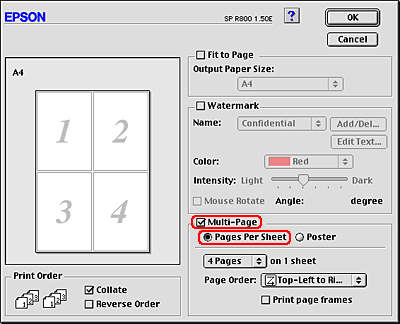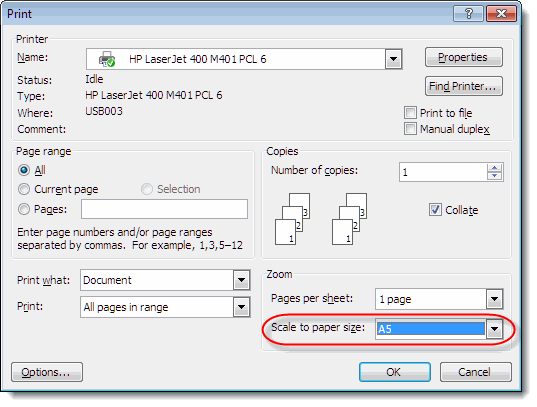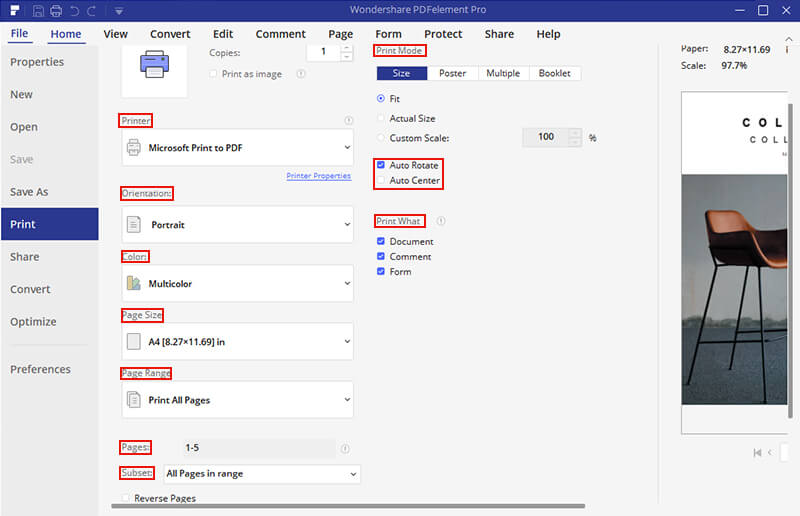
Once all the pages have printed, choose one side (either right or left and top or bottom) to cut – don’t cut both or you won’t have anything to tape to/glue to.Click the blue “Next” button in the top right corner.Double check that under “Formatting”, “Show Gridlines” and “Show Notes” are NOT checked.Once you’re happy with the page breaks, click “Confirm Page Breaks” in the top right corner.Here, I’ve widdled the poster down to two sheets of paper: You may have to use the plus and minus buttons in the bottom right corner to see your entire poster. However, if I start to move those lines around, I can manipulate this and get it down to only one row of landscape sheets of paper. In the example below, the poster is going to take up 8 sheets of paper – you can tell by where the blue dotted lines are. Move the dotted lines that represent page breaks until you are happy with how it will print.One great thing is that when it prints, a little overlap is printed on each piece for easy matching up.Choose “Set Custom Page Breaks” in order to drag and drop the page breaks to places that would be easiest to piece together.Under “Page Orientation”, choose between Portrait and Landscape based on how you want to peice together your poster.



Here’s an example of a poster I printed using Google Sheets that used 6 sheets of paper taped together to create this title for a display: Ahhhh but the font choices in Google Apps… FANTASTIC!!! I haven’t had a use for this old poster-making hack again until recently, but thought it was worth a share in case you ever need to print a poster or large multi-page title in a pinch and/or on a budget!

You should know, I am also a font snob and I am not in love with the font choices provided in the Microsoft suite (we can’t add fonts onto district computers). Years and years ago (like first year teaching years ago) I used to use Microsoft Excel to create multi-page posters that I could piece together to have great professional-looking typed posters without having to pay for poster printing.


 0 kommentar(er)
0 kommentar(er)
